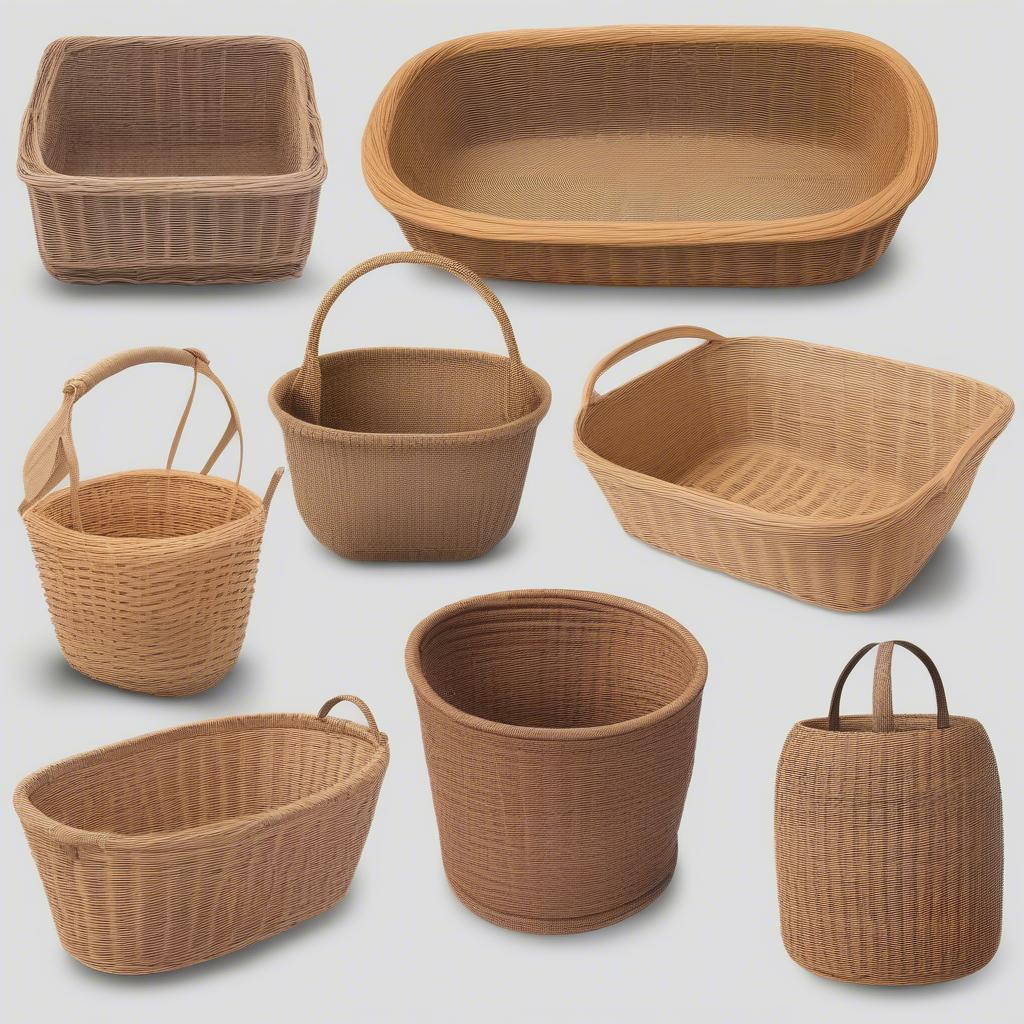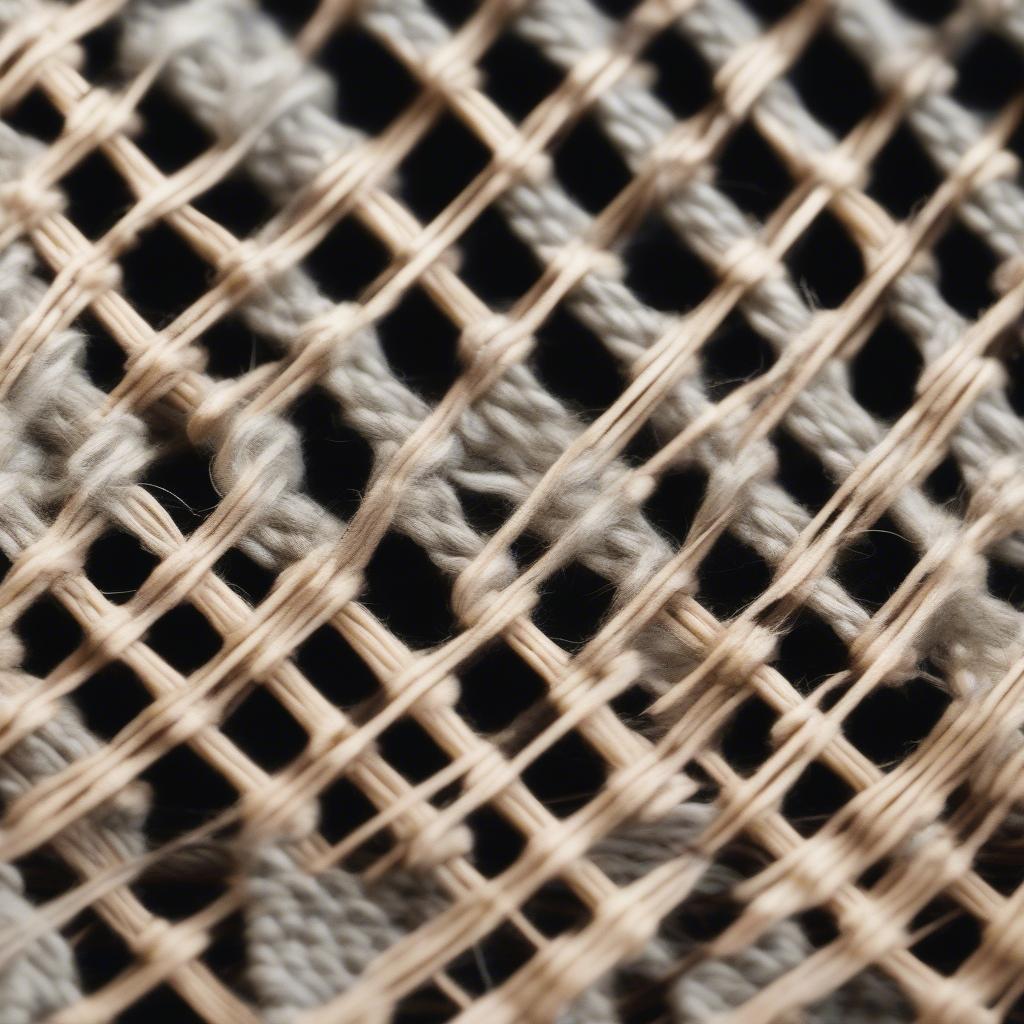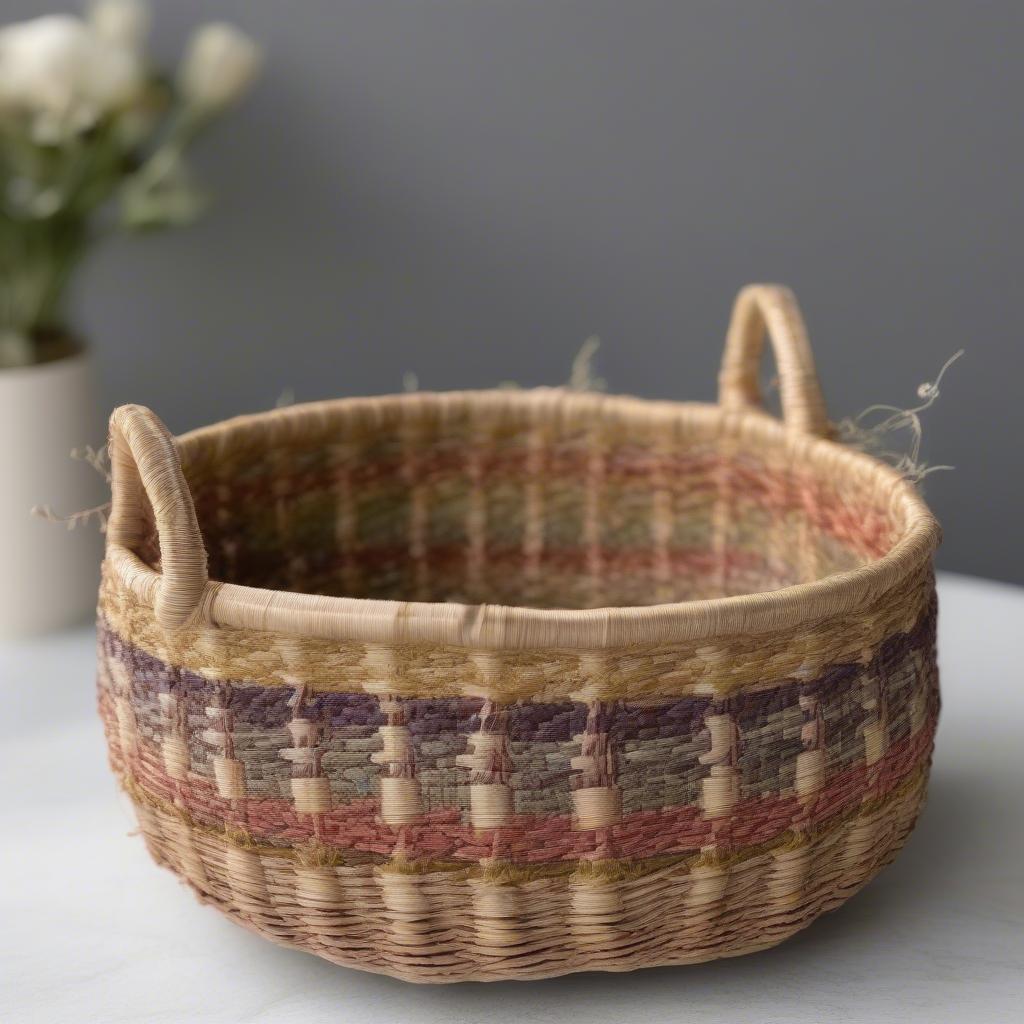Basket Weaving
How to Weave a Basket Base with a Premade Base
Weaving a basket with a premade base offers a fantastic shortcut to creating beautiful, functional baskets. This guide provides a comprehensive look at How To Weave A Basket Base With A Premade Base, covering everything from choosing the right materials to mastering essential weaving techniques. Whether you’re a beginner or an experienced crafter, you’ll find valuable tips and insights to help you create stunning woven masterpieces.
Choosing the Right Materials for Your Basket
The foundation of any successful basket weaving project lies in selecting appropriate materials. Premade bases come in various shapes, sizes, and materials, including wood, wicker, and rattan. For beginners, a sturdy wooden base is recommended.
- Wooden bases: Offer excellent stability and are ideal for learning basic weaving techniques.
- Wicker bases: Lightweight and flexible, wicker bases are suitable for more experienced weavers.
- Rattan bases: Known for their durability and natural beauty, rattan bases are perfect for creating intricate designs.
Your choice of weaving material will also impact the final look and feel of your basket. Reed, seagrass, and raffia are popular choices, each offering unique textures and colors. Consider the desired aesthetic and the intended use of your basket when making your selection.
 Types of Premade Basket Bases
Types of Premade Basket Bases
Preparing Your Premade Base
Before you begin weaving, it’s crucial to prepare your premade base. This step ensures a smooth and secure weaving process. If using a wooden base with pre-drilled holes, ensure they are evenly spaced and of appropriate size for your chosen weaving material. For wicker or rattan bases, inspect for any loose ends and secure them with glue or by tucking them in.
Starting the Weaving Process: The Base Rows
The initial rows of weaving are critical for establishing a strong and even foundation for your basket. Begin by securing your chosen weaving material to the base. This can be achieved by using a simple knot or by tucking the end of the material through one of the base holes.
- Upright Weavers: These are the vertical spokes that extend upwards from the base and form the framework of the basket sides. Securely attach your chosen material to the base, ensuring even spacing between each upright weaver.
- Weaving the First Row: Using a simple over-under weaving technique, begin weaving your chosen material around the upright weavers. Maintain a consistent tension to ensure a tight and even weave.
 Weaving the First Row on a Premade Base
Weaving the First Row on a Premade Base
Building Up the Basket Sides
Once the base rows are established, you can begin building up the sides of your basket. Continue using your chosen weaving technique, ensuring that each row is tightly woven and evenly spaced.
- Maintaining Even Tension: Consistent tension is crucial for creating a sturdy and well-shaped basket. Avoid pulling the weaving material too tightly, as this can distort the shape of the basket.
- Adding New Weavers: As you build up the sides, you may need to add new lengths of weaving material. Do this by securely joining the new weaver to the end of the previous one, ensuring a smooth transition.
Finishing Touches and Embellishments
Once you’ve reached the desired height for your basket, it’s time to finish the rim and add any desired embellishments.
- Finishing the Rim: There are various techniques for finishing the rim of a basket, from simple binding to more intricate decorative braids. Choose a technique that complements your basket’s design.
- Adding Handles: If desired, handles can be added using the same weaving material or a contrasting material for added visual interest.
 Finished Basket with Handle and Embellishments
Finished Basket with Handle and Embellishments
Conclusion
Weaving a basket with a premade base simplifies the process while still allowing for creativity and customization. By following these steps and choosing the right materials, you can create beautiful and functional baskets that you’ll cherish for years to come. Remember to practice and experiment with different weaving techniques and materials to develop your own unique style. How to weave a basket base with a premade base provides a solid starting point for your basket weaving journey.
FAQ
- What’s the best material for a premade base for beginners? Wooden bases are recommended for beginners.
- What type of weaving material is easiest to work with? Reed is a good starting point for beginners.
- How do I add new weaving material as I build up the sides? Securely join the new weaver to the end of the previous one.
- How do I finish the rim of my basket? There are several techniques, from simple binding to decorative braids.
- Can I add handles to my basket? Yes, handles can be added using the same or a contrasting weaving material.
- Where can I find premade basket bases? Craft stores, online marketplaces, and specialty suppliers offer a variety of bases.
- What are some common mistakes to avoid when weaving with a premade base? Inconsistent tension and improper joining of weaving materials.
Please contact our hotline at +84 388 951 999 or visit us at Hanoi, Vietnam, or Tech Avenue, Suite 12, San Francisco, CA 94105, USA, for further assistance. We have a 24/7 customer service team available.
